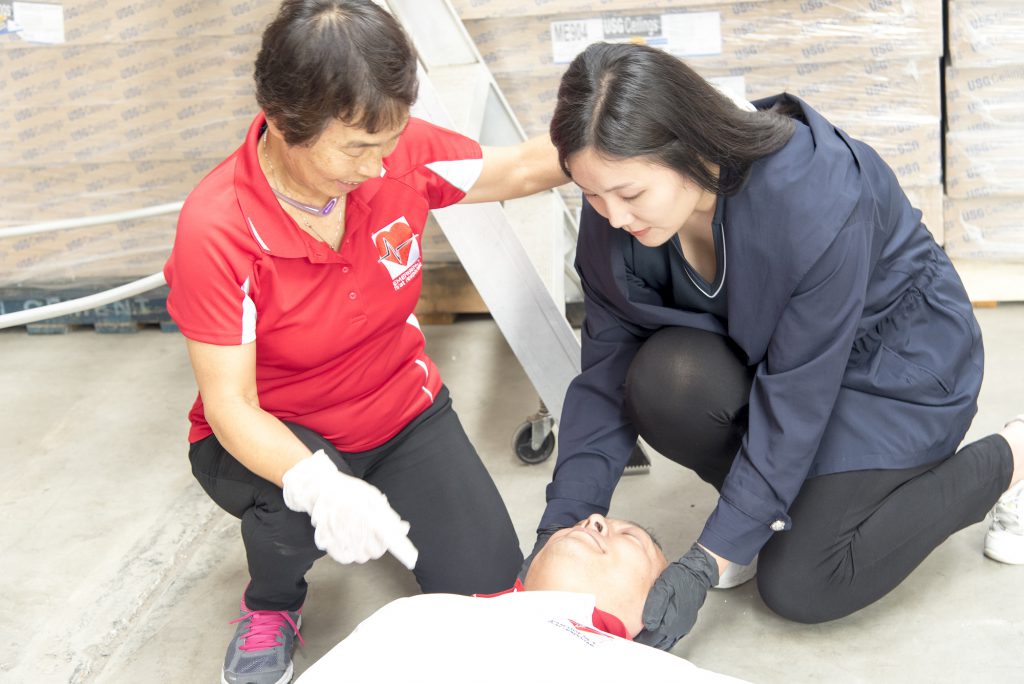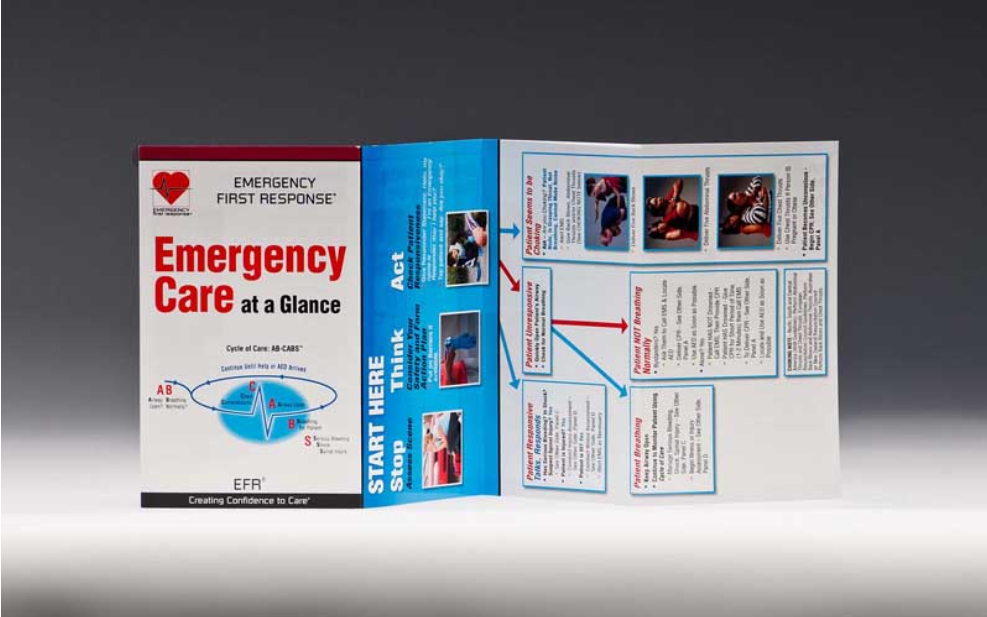Did you know there are more than 2,000 pizza-related injuries in the United States each year? According to the U.S Consumer Product Safety Commission (CPSC), the injury list includes: cuts related to slicing the pie, falling while carrying a pizza and burns from the pan or the pizza itself.
The CPSC tracks Emergency Room (ER) visits associated with consumer products. Though we don’t have similar data for all countries, serious injuries in the home are common. For example, in Australia, a country known for its population of deadly animals, people are more likely to be injured from a hot water tap than a deadly snake or spider.
The kitchen and bathroom are the most common accident locations. Sharp razors and scissors cause many injuries, while prescription drugs and cleaners send thousands of people to the ER due to accidental poisonings.
Are You Prepared to Deal With the Top 5 Most Common Accidents in the Home?
#1 Slips, Trips and Falls
The very young and very old are the most likely to suffer falls, but people of all ages can slip on a wet bathroom floor or trip on the stairs. In the US, more than 3 million people visited the hospital as the result of a slip or fall, according to the CPSC. Sprains, strains and broken limbs are the most common injuries.
#2 Poisoning
Accidental poisoning is the second most common emergency incident in the home. Children accidentally consume cleaning products, medicine and cosmetics, or people accidentally misuse prescription medication.
#3 Cuts
Some cuts need more than just an adhesive bandage. Knowing how to deal with serious bleeding is important but knowing when hospital care is required is equally important.
#4 Burns
Scalding water from the faucet, hot stovetops, irons and hair straighteners are just a few of the ways you or a family member can accidentally burn themselves. Stocking your first aid kit with a few essential items can help you soothe and care for burns.
#5 Drowning
Young children are at serious risk of drowning, even if your home doesn’t have a swimming pool. Garden ponds, bathtubs and water features can endanger little ones. That’s why everyone, and especially parents should have basic CPR training.
Gain the Confidence and Skills to Provide Emergency Care
In an Emergency First Response© (EFR) course, you’ll learn what to do in the event of an accidental injury in the home including: burns, cuts, sprains, choking, poisoning and other common incidents. You’ll receive home study materials to use as a reference, and your instructor will help you assemble a first aid kit. We also offer a course specifically designed for those who care for young children.
Unlike online-only training, EFR courses include hands-on practice bandaging, splinting, and other real-life scenario practice. You can ask questions and repeat skills until you feel comfortable doing them independently. Visit our website to learn more or find an EFR course provider near you.




